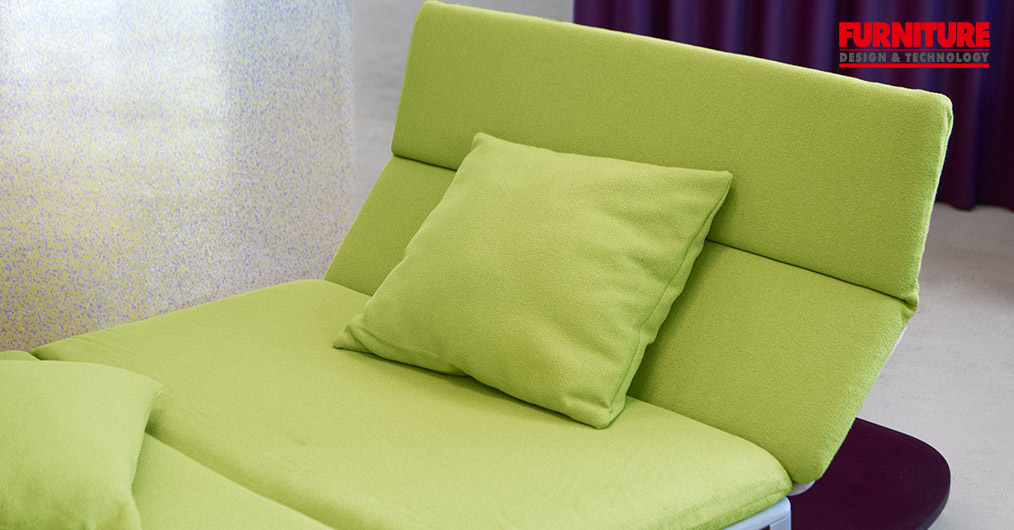
Artificial Intelligence (AI) played a crucial role as a creative collaborator in a groundbreaking project by IKEA’s research lab Space10 and design studio Panter & Tourron. Together, the duo reimagined the concept of a couch, creating a lightweight and foldable seating design known as Couch in an Envelope. Here is a detailed report on FURNITURE DESIGN AND TECHNOLOGY (FDT).
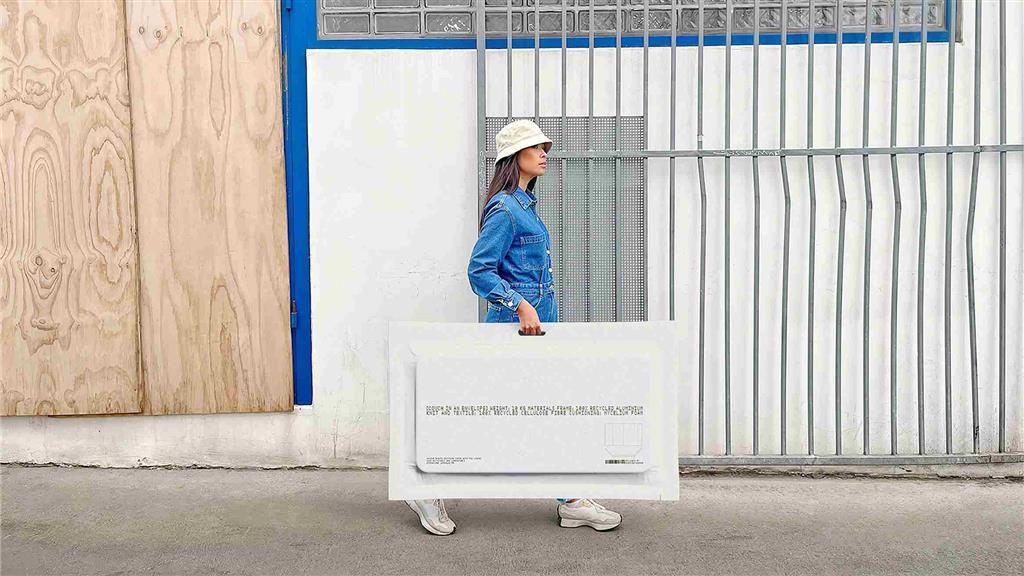
The prototype of Couch in an Envelope is a remarkable achievement, weighing less than 10kg and folding up into a vacuum-sealed pouch resembling an oversized shopping bag. Its portability allows for easy transportation by a single person using just one hand. The final design of Couch in an Envelope features a green seating system on a flat platform base. It includes slim upholstered foam seating and modular, foldable wings that can function as backrests, armrests or even a book holder. To ensure sustainability, the human designers intervened, selecting materials like an aluminium base, mycelium foam cushions and a cellulose-based 3D knit for the upholstery, making the product entirely recyclable.
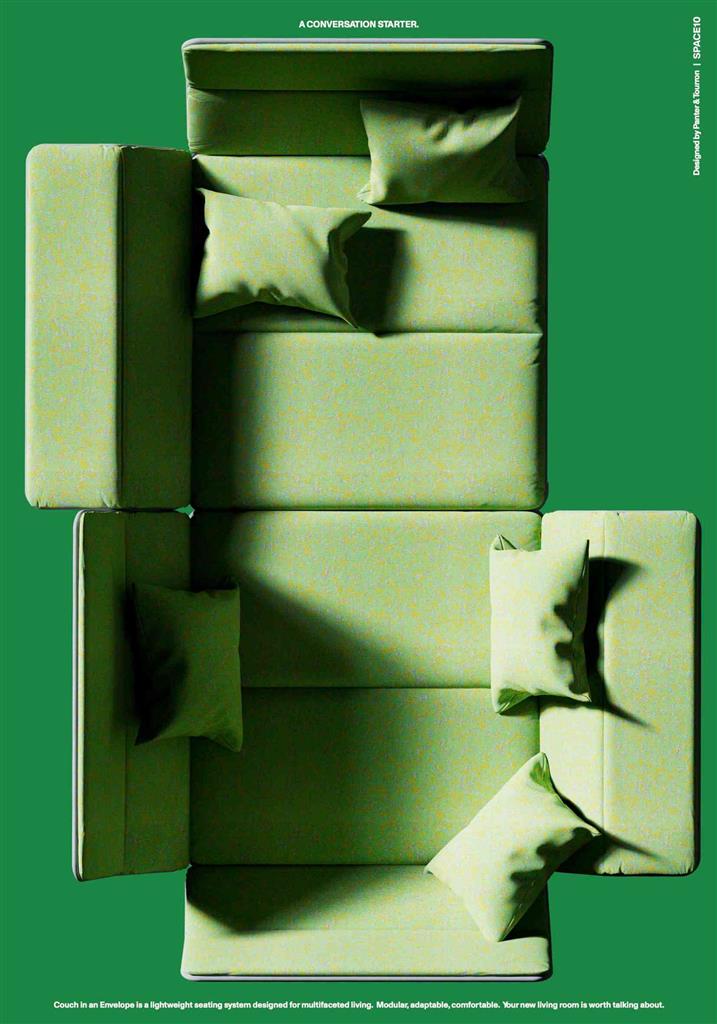
The project stemmed from the studios’ desire to challenge conventional sofa design, which they felt often led to large and cumbersome pieces. Instead, they aimed to create a more sustainable, adaptable and sociable seating solution. AI became a crucial component of their creative process. Working with AI programs Midjourney and Runway, as well as the ChatGPT chatbot, the studios leveraged AI to generate images and develop the couch. Initially, using ChatGPT, they explored the possibility of fitting a couch in an envelope. However, they soon realized the chatbot’s limitations in thinking beyond conventional definitions.
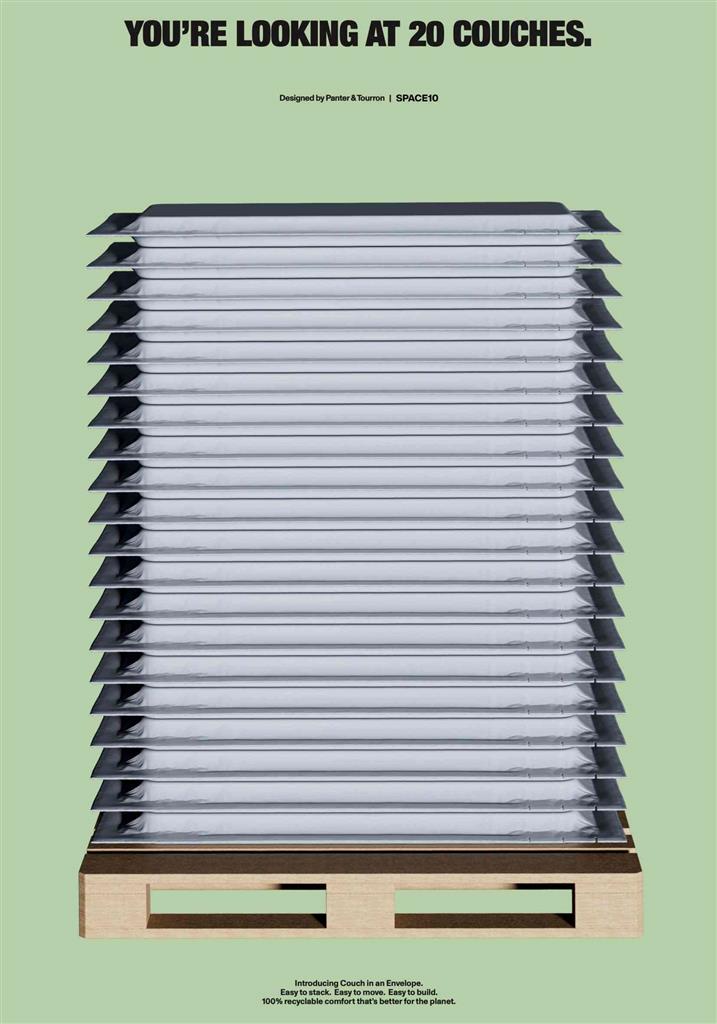
To overcome this challenge, Panter & Tourron approached the project from two angles. They combined their own sketches with generative AI, primarily using Runway, to produce innovative design ideas. By using alternative prompts like platform, lightweight, sustainable, easy to move and conversation pit, they began to see promising results. Throughout the process, the designers employed a collaborative cycle. They trained their custom model using their own renders as the dataset, allowing AI to generate variations on the images. The designers then iterated on these variations, fostering a dynamic partnership between humans and AI.
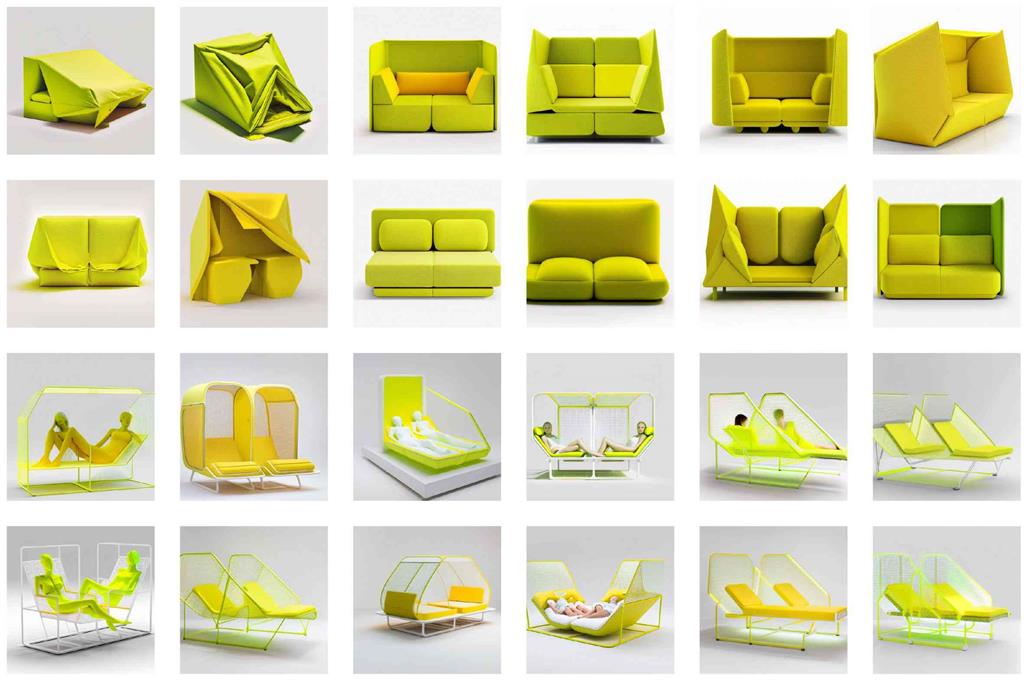
While AI proved instrumental in this project, particularly as a creative collaborator and a visual checklist, there were limitations. AI’s contributions were less effective when it came to factors such as material composition. However, it is anticipated that future developments may address this aspect.
Image credit: Panter & Tourron X Space10
Furniture Design India and the magazine FURNITURE DESIGN & TECHNOLOGY (FDT magazine) are from the trusted 22-year-old media house of SURFACES REPORTER and PLY REPORTER.
FDT is a B2B monthly bilingual magazine from India that shares the pulse of the furniture business in India and connects the manufacturers, OEMS, product designers, architects, showrooms, designers and dealers.
Read More© 2025 Furniture Design and Technologies.. All Rights Reserved. Developed by eyeQ Advertising